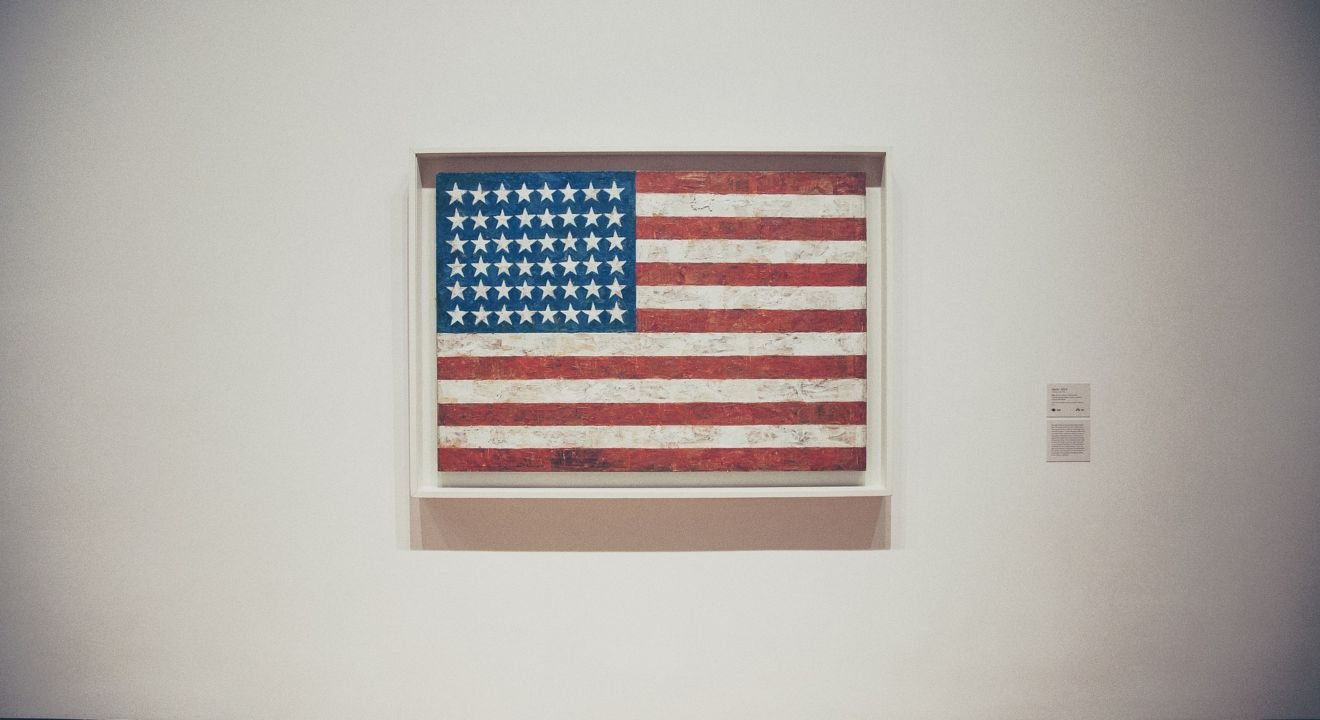Politics September 2, 2016


Before you know it, summer has come to end and September is right around the corner. You look forward to Labor Day – a day off to head to the beach, have a barbecue or throw an end-of-summer party.
But most of us don’t even know exactly what we’re supposed to be celebrating. For this upcoming Labor Day, use this little piece of history as a conversation starter for any of your holiday functions.
Labor Day was pivotal during America’s younger years because it acknowledged the achievements and contributions that American workers made for our country. Born during the 19th century labor movement, Labor Day became an official federal holiday in 1894.
During the Industrial Revolution, American workers did not receive ethical treatment; workdays were 12 hours long and persisted for seven days a week. Men and women worked under unsafe conditions and in unsanitary facilities that rarely had fresh air and proper building insulation. Child labor was common at this time, and even though they worked the same hours and under the same conditions as adults, they were paid far less. These work schedules provided only a very basic living.
However, workers began speaking out against their work conditions. Labor unions started to voice the concerns of workers and stand up against large, bully employers. Protests and strikes took over the streets, some turning violent.
One protest in particular was the Haymarket Riot of 1886, in which many Chicago workers and policemen were killed. However, the most effective demonstration was a 10,000-worker march on September 5, 1882. All of those workers voluntarily took unpaid time off from their jobs to march from City Hall to Union Square in New York City. This first Labor Day parade in U.S. history still takes place every year in New York.
On May 11, 1894, Pullman Palace Car Company employees protested major wage cuts by going on strike. Many union representatives were also fired in the employer’s attempt to weaken the public. In response, on June 26, the American Railroad Union boycotted all Pullman railway cars. This was detrimental for the rail system, so the federal government appointed troops in Chicago to contain the strike, which unfortunately resulted in more than 12 worker deaths.
Workers were outraged by the use of unnecessary force, so Congress passed the act that would make Labor Day a national holiday in an attempt to amend relations with the country’s labor force.
To this day, the true founder of the holiday is still in contention, but two men, Peter J. McGuire and Matthew Maguire, are each disputed to be the true founders of the holiday. General secretary of the Brotherhood of Carpenters and Joiners and co-founder of the American Federation of Labor, Peter J. McGuire said that we should honor those “who from rude nature have delved and carved all the grandeur we behold.”
Although McGuire is often credited for the founding of the holiday, many believe that Matthew Maguire, a machinist, proposed the holiday in 1882 while acting as secretary of the Central Labor Union in New York. Allegedly, he got the idea at a Canadian labor festival and was so impressed that he brought the idea to the United States. While it is still unclear which of the two is the official father of Labor Day, the idea of the “workingmen’s holiday” came to life with the aid of both these men.
Many cultural traditions – like the parade in New York – exist because of Labor Day. Another tradition affects fashion; women and men don’t wear white after the day has passed. According to Time Magazine, this originated because Labor Day indicated the end of summer. While the leisure class often wore lightweight, white clothes while they were on vacation, Labor Day indicated that summer clothes were impractical for the upcoming rainy season.
As this Labor Day approaches, remember that our eight-hour workdays, weekends off and safe conditions would be not possible without the struggle and adversity of protesters many years ago.
As the Department of Labor states, “The vital force of labor added materially to the highest standard of living and the greatest production the world has ever known and has brought us closer to the realization of our traditional ideals of economic and political democracy. It is appropriate, therefore, that the nation pay tribute on Labor Day to the creator of so much of the nation’s strength, freedom, and leadership – the American worker.”
Information for the article was taken from the United States Department of Labor website.